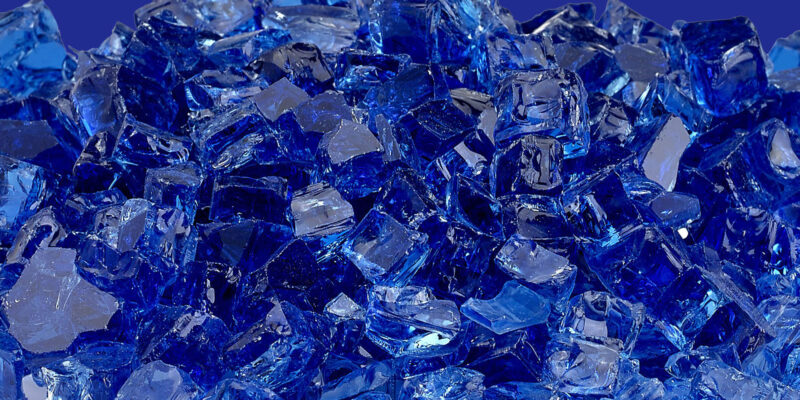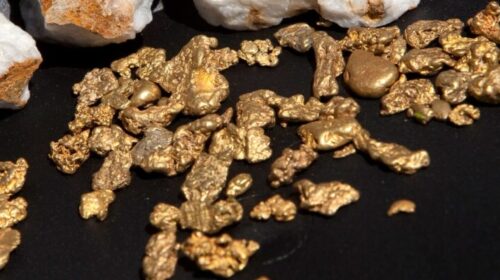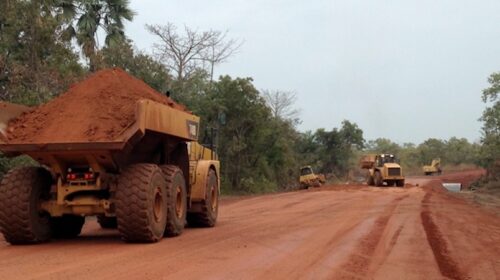Cobalt investments seen shifting from DRC to ‘bright spot’ Australia
Although the Democratic Republic of Congo (DRC) will remain the leading producer of cobalt in the coming years, investments are likely to shift to Australia, which is seen as a “bright spot” for miners and offtakers seeking to avoid human rights and environmental risks associated with cobalt mining in the DRC.
“Australia represents a much lower risk environment if the EU [European Union] seeks to reduce its dependency on the DRC for cobalt,” research firm Fitch Solutions said on Thursday.
Australia’s mining regulations prioritise sustainable extractive processes, which Fitch said would prove appealing for countries with strong environmental standards.
The EU, for instance, was looking to secure mineral sourcing through strategic international partnership. The EU would need five times more cobalt by 2030 to accommodate rising demand and 15 times more by 2050.
Although Australia’s current output pales before that of the DRC, having produced only 5 700 t of cobalt concentrate last year, compared with the DRC’s 95 000 t, Australia holds the world’s second biggest cobalt resources, implying much room for production growth over coming years.
Fitch said that the cobalt industry was set to receive a “significant boost” from the global shift to the green economy, owing to the ferromagnetic blue metal being a key component of rechargeable batteries and being “valued for its stability”, among other features. The metal’s main use today is in the precursors and cathodes of rechargeable batteries, which currently account for 56% of total consumptions as of this year.
The agency noted that battery makers were striving to reduce the cobalt content in batteries, owing to supply issues and environmental, social and governance concerns, instead opting for nickel-rich cathode chemistries. However, substation for cobalt could result in a loss of product performance or an increase in costs – both of which would continue to bolster cobalt demand.
In late 2020, electric vehicle and clean energy company Tesla announced that it would move to a cobalt-free battery, although no time frame was given.
While the DRC would remain the biggest global supplier of mined cobalt, China would remain the key refiner over the coming decades. Fitch noted that there were new cobalt refining projects under way globally that would work to reduce China’s market share to a limited extent. China accounts for 66% of global refined cobalt output, followed by Finland (10%).
Both countries, however, rely on imported feedstock from the DRC for their refining operations.
Global production of refined cobalt totalled 132 000 t in 2020, down 5% from 2019 levels.
Cobalt recycling (mainly from the recycling of batteries), meanwhile, was also a fast-growing and important source of cobalt feedstock to the supply chain.
![]()





